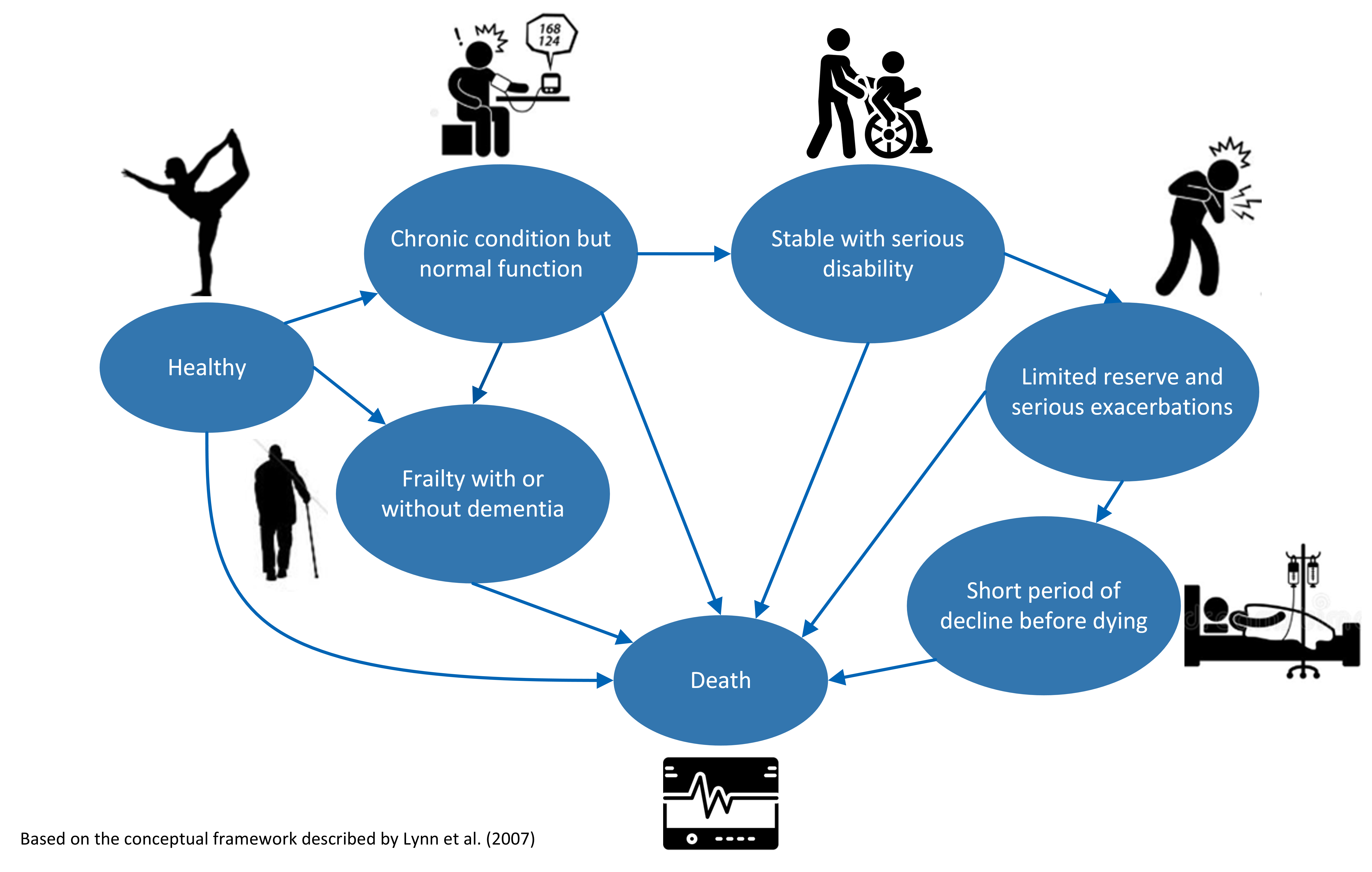Simple Segmentation Tool (SST) ©
- What is the SST?
- Why the need for the SST?
- About the SST
- Contact
What is the SST?
The SST is a clinical instrument designed to facilitate rapid prospective categorization of patients based on health and health-related social service (HASS) needs. Information obtained using the instrument is valuable at the organizational level for designing and evaluating health service packages for different population need segments and may also be useful as a screening tool at the individual level to identify patients who might benefit from more detailed care planning.
Unlike tools that focus on identifying patients with high future costs and risk of poor health outcomes, the SST is designed to identify patient features indicative of HASS needs. As such, the SST:
- is linked to action,
- has strong face validity,
- possesses good measurement properties,
- leads to a parsimonious classification of individuals into groupings of HASS needs, and
- can be assessed rapidly.
The SST consists of a data collection tool and an algorithm to identify likely normative HASS needs.
The SST data collection tool has 2 sections. The first section is a list of six medical needs categories from which the clinician chooses the one which best describes the patient’s expected pattern of need for medical services (i.e., frequency and intensity) over next 3 to 6 months. The second section consists of 9 complicating factors for which the clinician rates each factor on three levels of increasing severity. People with complicating factors will generally be expected to require additional efforts by the health system, community, and family to address medical needs. The presence of complicating factors alone or in combination provides some indication of need for specific types of services.

The results of the SST data collection tool can be incorporated into an algorithm that produces a list of HASS needs (defined in functional terms) consistent with a typical patient with a given SST patient profile. Note that the algorithm was developed by a local expert panel and thus the resulting service functions are “normative” from the Singapore context.
A community questionnaire version of the SST which would enable administration by non-medically trained personnel in a community setting is currently in development.
Why the need for the SST?
Rapid population ageing will increase the prevalence of patients with multiple chronic conditions, thus worsening stress on the healthcare system. The trend of rapidly population ageing worldwide heralds new challenges for healthcare policy makers tasked to shape policies which will optimize population health. To be more responsive to complex and diverse population needs, thought leaders (e.g., Lynne et al (2007) in the "Bridges to Health" model) have proposed a population segmentation approach to identifying needs and allocating resources. The SST has been developed to operationalize needs based segmentation in a way that is practical in the flow of clinical care.
About the SST
The SST was developed by Professor David Matchar, Dr Chong Jia Loon and Ms. Rita Sim, with inputs from practicing primary care physicians and geriatricians.
It was designed to be administered by a clinician at the end of a routine clinical encounter at which point the administering clinician should typically be familiar enough with the patient to quickly complete the form. For simplicity and ease of administration, the SST Instrument is designed to fit on a single A4 sheet of paper with a checklist on the front and guidance for filling the checklist on the reverse. It is sufficiently straightforward that it can be easily translated to commonly used Electronic Medical Record systems.
Prospective validation studies of the SST measurement component in the inpatient, outpatient, and community settings have demonstrated inter-rater reliability, convergent validity, and predictive validity of the instrument for utilization and adverse medical outcomes.
We are currently evaluating the SST for its ability to predict actual services received, and the degree to which receiving “normative” services is associated with improved outcomes. We are also working with clinical teams to incorporate the SST into clinical workflow, as well as potential extensions of the SST to address additional needs, such as social determinants of health, and to apply the SST approach to community surveys of HASS needs. We encourage efforts to incorporate the SST into clinical-level and population-level efforts to improve meeting health and health-related service needs in an integrated, patient-centered fashion.
Related Publications
Chong JL, Matchar DB. Benefits of Population Segmentation Analysis for Developing Health Policy to Promote Patient-Centred Care. Ann Acad Med Singap. 2017; 46(7):287-289.
Chong JL, Low LL, Chan DYL, et al. Can we understand population healthcare needs using electronic medical records? Singapore Med J. 2019; 60(9):446-453. doi: 10.11622/smedj.2019012
Chong JL, Lim KK, Matchar DB. Population segmentation based on healthcare needs: a systematic review. Syst Rev. 2019; 8(1):202. Published 2019 Aug 13. doi: 10.1186/s13643-019-1105-6
Chong JL, Low LL, Matchar DB, et al. Do healthcare needs-based population segments predict outcomes among the elderly? Findings from a prospective cohort study in an urbanized low-income community. BMC Geriatr. 2020; 20(1):78. Published 2020 Feb 27. doi: 10.1186/s12877-020-1480-9
Chong JL, Matchar DB, Tan Y, et al. Population Segmentation Based on Healthcare Needs: Validation of a Brief Clinician-Administered Tool. J Gen Intern Med. 2021; 36(1):9-16. doi: 10.1007/s11606-020-05962-4
Duminy L, Sivapragasam NR, Matchar DB, Visaria A, Ansah JP, Blankart CR, Schoenenberger L. Validation and application of a needs-based segmentation tool for cross-country comparisons. Health Serv Res. 2021 Dec;56 Suppl 3(Suppl 3):1394-1404. doi: 10.1111/1475-6773.13873. PMID: 34755337; PMCID: PMC8579203
Contact
If you have any questions regarding the SST or are interested in adopting it for your research or project, please contact Prof David Matchar at david.matchar@duke-nus.edu.sg
SST Request Form